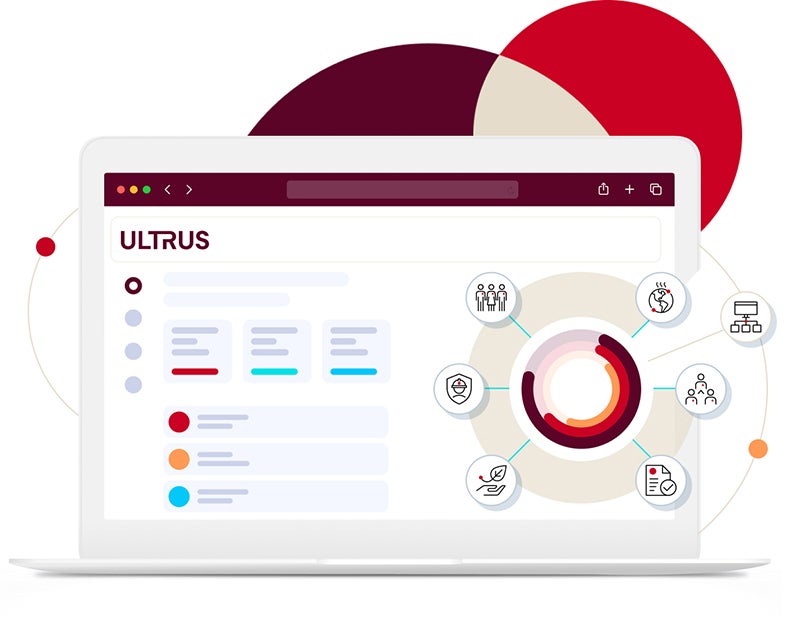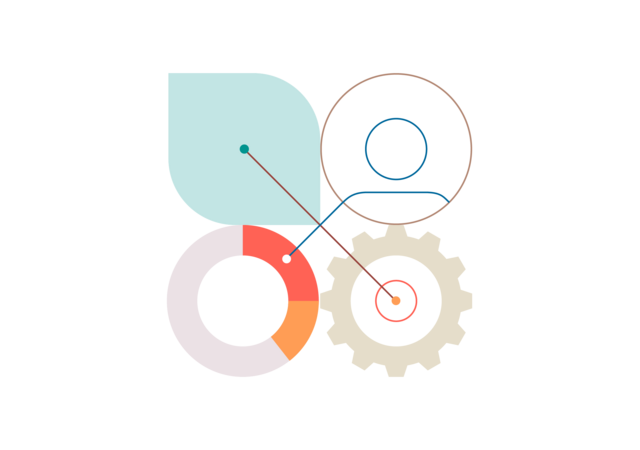Beyond disclosure: The next compliance frontier
California’s Senate Bill 253 (SB 253) is best known for its sweeping requirement that large companies disclose their greenhouse gas (GHG) emissions. However, it might surprise you to learn that embedded within this law is a lesser-discussed mandate that could prove just as challenging: third-party assurance. For companies preparing to report their emissions under SB 253, the question is no longer just how to measure emissions but how to prove those measurements are accurate. [1]
What the law requires
SB 253 applies to companies with over $1 billion (USD) in annual revenue that do business in California. These companies must begin disclosing their Scope 1 and Scope 2 emissions in 2026, followed by Scope 3 emissions by 2027. [1] But the law doesn’t stop at disclosure. It also requires that emissions data be verified by an independent third party, using standards expected to be adopted by the California Air Resources Board (CARB). [1] It should also be noted that SB 219 was signed into law in 2024, providing some clarification and additional detail for SB 253 and is closely aligned with SB 261, which focuses on climate risk disclosures. [2]
CARB is tasked with establishing qualifications for assurance providers and creating a process with sufficient capacity to meet demand. The law mandates that companies obtain limited assurance for their Scope 1 and 2 emissions disclosures initially, with a transition to reasonable assurance in 2030. [1] SB 219 grants CARB the right to establish third-party assurance requirements for Scope 3 emissions before Jan. 1, 2027, but in any event, the law states that limited assurance on Scope 3 emissions will begin in 2030. [2] This escalation mirrors trends in financial auditing, where reasonable assurance represents a higher level of scrutiny and confidence.
Understanding limited vs. reasonable assurance
Limited assurance involves a review of data and processes to determine whether anything appears materially misstated. It is less rigorous than reasonable assurance, which requires a more in-depth audit and testing of controls, data sources and methodologies. While limited assurance may be sufficient in the early years of SB 253 compliance, companies must prepare for the eventual shift to more demanding expectations.
This progression raises important questions:
- Are your emissions data systems robust enough to withstand an external audit?
- Are your methodologies aligned with recognized standards like the Greenhouse Gas Protocol?
- Do you have the documentation and internal controls needed to support your disclosures?
The Scope 3 challenge
Scope 3 emissions — those generated indirectly through a company’s value chain — pose the greatest assurance challenge. These emissions often rely on estimates, supplier data and assumptions that vary widely in quality and availability. Verifying Scope 3 emissions will require companies to not only improve data collection but also document their methodologies and justify their assumptions.
For example, if a company estimates emissions from purchased goods using industry averages, it must be able to demonstrate why that approach is appropriate and how the data was sourced. If supplier data is used, the company must assess its reliability and completeness. These are certain kinds of questions assurance providers will ask — and companies must be ready to answer.
Building an assurance-ready system
To prepare for third-party verification, companies can begin by conducting an internal audit of their emissions reporting processes. This includes:
- Reviewing data sources and calculation methods
- Identifying gaps or inconsistencies in emissions data
- Establishing clear documentation and audit trails
- Implementing internal controls to improve data integrity
It’s also important to engage with potential assurance providers early. Understanding their expectations and requirements can help companies tailor their systems and processes accordingly. Some companies may choose to undergo a pre-assurance review or a mock audit to identify weaknesses before the official assurance process begins.
The role of technology and governance
Technology will play a critical role in achieving assurance readiness. Emissions management platforms can help automate data collection, flag anomalies and generate audit-ready reports. However, technology alone is not enough. Companies must also establish strong governance structures with clear roles and responsibilities for emissions reporting, data validation and assurance coordination.
This often requires cross-functional collaboration between sustainability, finance, legal and IT teams. In some cases, companies may need to create new roles or committees to oversee climate data governance and assurance readiness.
Strategic implications for leadership
For senior executives, the assurance requirement is more than a compliance issue; it’s a matter of credibility and trust. Investors, regulators and the public are increasingly skeptical of unverified sustainability claims. Third-party assurance provides a level of confidence that internal reporting cannot.
Moreover, assurance can serve as a competitive differentiator. Companies that can demonstrate the accuracy and reliability of their emissions data may gain an edge in capital markets, procurement processes and stakeholder engagement.
From reporting to accountability
SB 253 is not merely about transparency; it’s also about accountability. The assurance requirement plays a key role in overseeing that emissions disclosures are generated and communicated with integrity. The message for companies preparing for compliance is clear: start building your assurance strategy now. The gap between reporting and verification is closing fast, and those who are ready will lead the way.
How we can help
UL Solutions offers third-party GHG verification aligned with ISO 14064-3, so sustainability leaders can share claims verified by an independent third party for credible emissions reporting. Our GHG verification services support compliance with CSRD, California laws and voluntary frameworks — building trust and streamlining climate disclosures.
References
[1] California Air Resources Board. (2023). 2023 – Senate Bill 253 (Wiener, Scott), Climate Corporate Data Accountability Act (Chaptered). https://ww2.arb.ca.gov/2023-senate-bill-253-wiener-scott-climate-corporate-data-accountability-act-chaptered
[2] California Air Resources Board. (2025, May 29). California Corporate Greenhouse Gas (GHG) Reporting and Climate-Related Financial Risk Disclosure Programs. https://ww2.arb.ca.gov/our-work/programs/california-corporate-greenhouse-gas-ghg-reporting-and-climate-related-financial
Get connected with our sales team
Thanks for your interest in our products and services. Let's collect some information so we can connect you with the right person.







